
By the simplified version there are many types of filters used for the tropical aquarium which can be scored by approximate number of three inch fish the filter will support, media capacity, ease of cleaning, cost, and appearance:
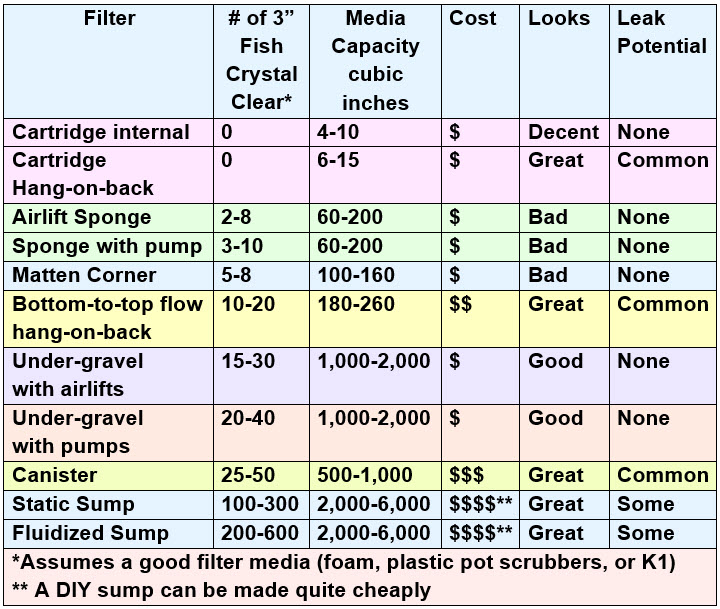
*# of 3″ Fish refers to the number of three inch fish that can be given crystal clear water with this filter. Ammonia oxidation is much easier than crystal clear water so for ammonia oxidation multiply the numbers by ten to twenty. Note this chart is a very very gross approximation. Also this review assumes a typical 29 to 40 gallon tank with correspondingly sized filters. And it assumes that an overflow siphon is not visually objectionable while a dirty sponge sitting in a tank is objectionable.
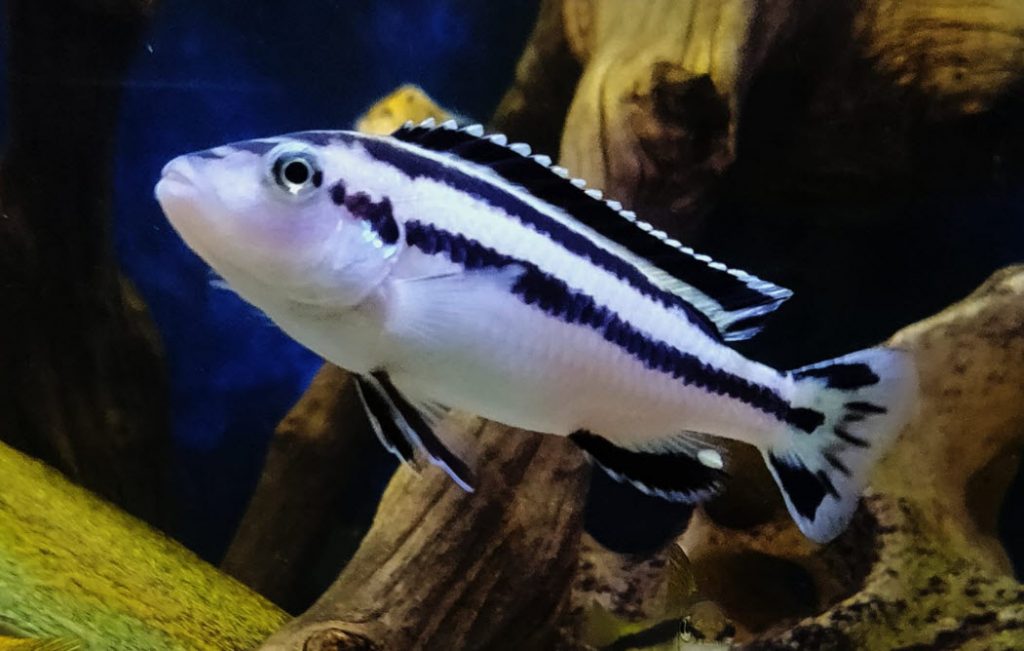
Now filters are not as simple as the chart above would suggest. There are many types of filters and the media that they are loaded with must be taken into consideration. There are also many more considerations for a better filter/filter media selection. We have taken the above simplified rating and expanded it to a much more comprehensive look at filters/filter media combinations. This is lengthy and boring but many are interested so here goes.
Rating most of the filter/filter media possibilities from one to ten, with ten being the best, gives the following tables for twenty different filter/filter media combinations:



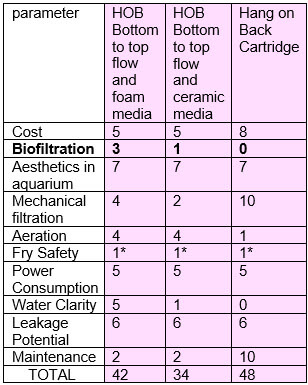
*These numbers can be taken to 10 by the simple addition of foam prefilters.
The filter options in pink have low biofiltration scores. Since biofiltration is the most important variable in most aquariums these filters are not the best choice for most aquariums in OUR OPINION.
Note that biofiltration has two different functions. The first function is to oxidize ammonia to nitrate. The second function is to give healthy crystal clear, clean water. Testing says that crystal clear water needs twenty times the volume of filter media than does ammonia oxidation. The pink filters will give good ammonia oxidation but not give crystal clear water.
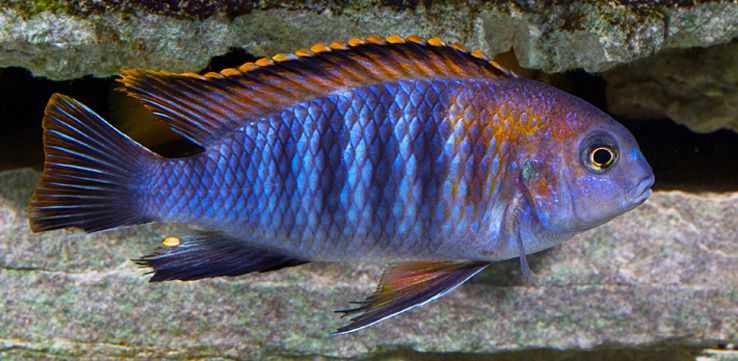
Note that all these numbers assume relatively standard set-ups. A standard fluidized bed sump has mechanical filter socks on it. So the mechanical filtration is excellent. I personally use no socks or pinkie pads in my fluidized sumps so my sumps would have a zero for mechanical filtration.
These rating also reflect that 20 and 30 ppi foam is a great biofilter but not a good mechanical filter. Mechanical filtration is only provided by filter socks, poly-fill, polyester cartridge socks, polyester pads (Pinkie Pads) or 40 ppi foam. So the small internal cartridge with 30 ppi foam is a very poor mechanical filter. Since the amount of foam in these tiny units is very small they also do not do very good biofiltration.
In order to understand these ratings one would need to read the chapters below on each type of filter. And understand everyone will rate these attributes differently. These ratings are simply the author’s opinions, something which I normally avoid but there is no way to test all the attributes. Only the biofiltration is based on testing.
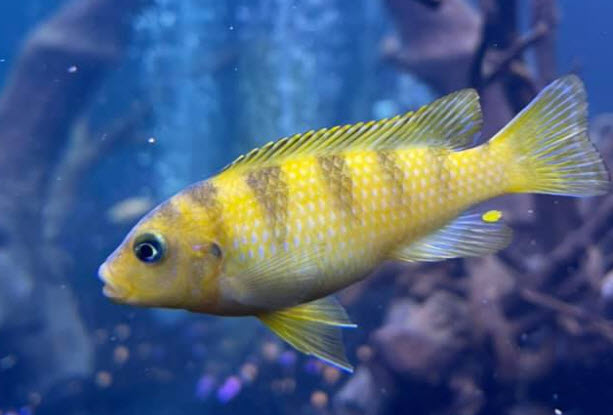
The “Best” Filter
The “best” filter is a fluidized bed sump filter with a score of 71. This is the most common type of filter found in large profit driven recirculating aquaculture systems (RAS), such as tilapia or catfish farming. In these systems what hobbyist’s call a fluidized bed (alternatively what the farmers call mixed bed bioreactor, moving bed biofilm reactor or MBBR).
This type of filter is two to ten times more effective at giving ammonia oxidation and crystal-clear water than any other filter on a cubic inch basis (see the chapter on sumps below for six studies supporting this). And it fully saturates the water with oxygen. For aquariums over 55 gallons it is the best filter.

By the score here an under-gravel filter with a powerhead on it is the equal of a fluidized bed sump (both with a score of 71), based largely on cost. It is basically a “poor man’s fluidized bed”, giving excellent results with very low cost.
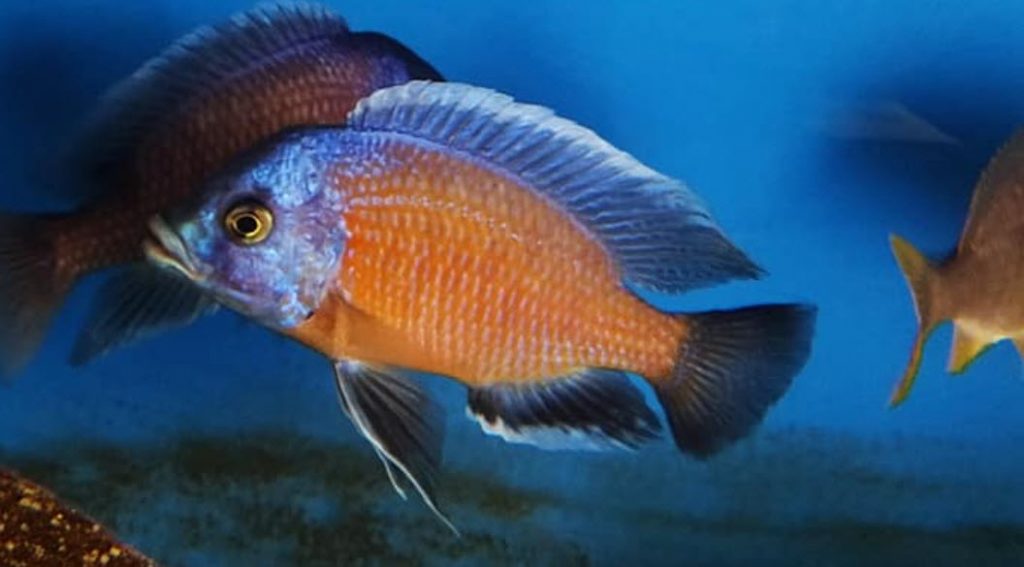
The “Worst” Filter
The two worst filters by far are the ceramic ring/bioball filled external canister with a score of only 22 and the cartridge hang-on-back filters with the same score of 22. What is interesting is that these two combinations are definitely the most widely used filter setups in the hobby!
Note that, in the article on canisters, we delve into the fact that it is largely the volume of the media and the type of media used which determine the efficiency of a canister filter. It is NOT the flow rate. Also note this low canister rating does not include the newer canisters which have huge volumes of foam in them. They are all excellent filters (ignoring the propensity to leak).
Hang-on-back filters are generally not good filters unless they are paired with a filter with more biofiltration capacity, such as an under-gravel filter. Even the bottom to top flow designs just have too little biomedia capacity for most aquariums.
Now of course every aquarium owner is going to weigh each parameter differently depending on what they want in an aquarium. Twenty small basement aquariums used largely for breeding fish will be weighted considerably differently than a large living room aquarium for home décor. And if you don’t have a lot of money things can become much different.
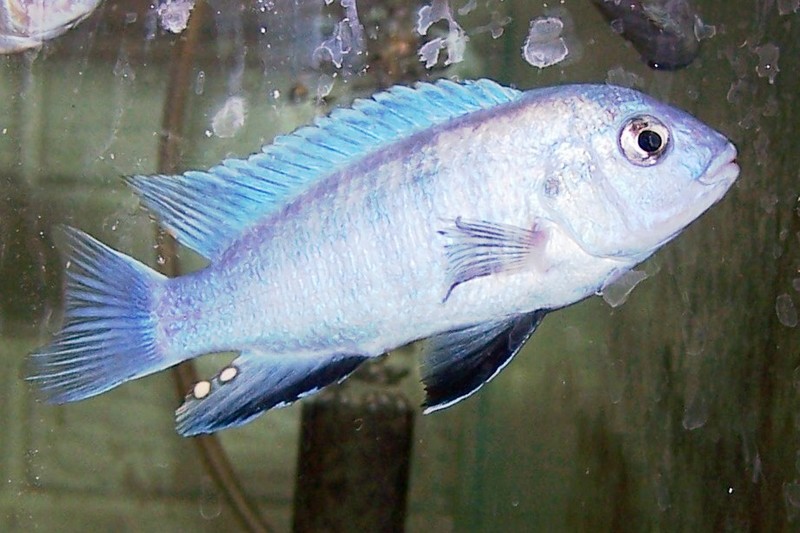
There are many brands of filter out there and each has its cadre of fiercely loyal followers. Asking which brand is best is like asking a redneck which brand of pickup truck is best: Ford, Chevy or Dodge. But I will make some recommendations:
Recommended Filters
- Sponge Filters should be super charged by adding powerheads to the air lift tubes. Note if one uses a powerhead on a sponge filter in a breeding tank, make sure the filter is at least five inches by five inches. A smaller sponge can suck the fry to the sponge with a powerhead. And the Aquarium Co-op sponge filters are a very good design.
- If you constantly clean under-gravel filters they don’t work. And they are a big pain in the butt. But if you just leave them alone, they are a great biofilter at a great price. They should be super charged by adding powerheads to the lift tubes. Almost all my aquariums (15 by last count) had powerhead operated under-gravel filters in addition to other filters.
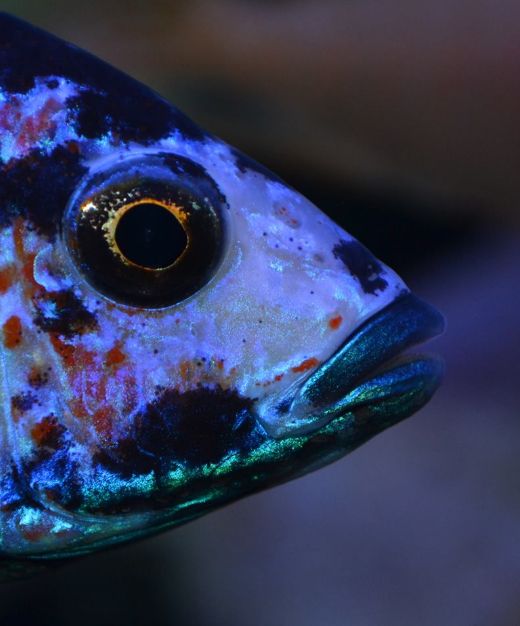
- I don’t like hang-on back filters, period. But if you have a hang on back it should be super charged with foam inserts per the directions of Cory at Aquarium Co-op.
- For small aquariums under 30 gallons I like the Sunsun HW-603B External Canister Filter ($40). This small filter has about 80 cubic inches of flow through foam. It can be hidden below the aquarium out of sight. It will give excellent biofiltration and crystal clear water if the instructions to change the foam every four months are ignored.
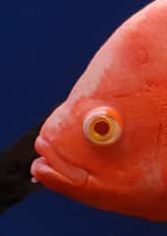
- For aquariums from 30 to 75 gallons I like FX canister Filters. The foam in this filter and the way the flow goes (down-up-down-up) is just a superb combination. But I do replace their hoses. And I definitely pay no attention to the ridiculous profit oriented “recommended maintenance replacement schedule” that comes packaged with the filter. The foam media will last for the life of the filter and replacing it will actually reduce the capabilities of the filter.
- Many million dollars of research in recirculating aquaculture systems (RAS) has clearly established that two or three chamber K1 Fluidized Bed Sumps are two to ten times better on a cubic inch per cubic inch basis than any other filtration system. I used easily built cheap 40 gallon fluidized beds with cheap K1 rip offs from China in all my tanks over 75 gallons. And the water was crystal clear and well oxygenated in all of them.
Note that I love under-gravel filters and used them in almost all my aquariums. I’ve used a ton of different hang-on-back and canister filters from a lot of different manufacturers and I find that leaks and blown motors are very common across the board. And they can occur out of the box! An under-gravel filter is so simple it can’t break. I’ve got operating under-gravel filters that are forty years old. Canister and hang-on-backs only have a lifetime of five or so years if you are lucky. I like to pair up each under-gravel with another filter, either a canister or a sump. I used NO hang-on-back filters on any of my tanks.

Filter Ammonia Oxidation Test Results
Ammonia was added to aquariums with various filters. The resulting ammonia levels were measured three days later, and the amount of ammonia added adjusted according to the measured ammonia level. The test went on for 90 days. These are the results:

The “average” number represents the number of four inch fish each filter can give crystal clear water with. The number of four inch fish that can have their ammonia oxidized is about twenty times this number. Ammonia oxidation is much easier to obtain than crystal clear water.
Note that the “One Inch of Gravel” in this test fairly well puts to rest the idea that the substrate in an aquarium acts as an ammonia oxidizer. This idea is a myth, per this test. Note that 0.5 is the ammonia that a few three or four inch fish would put out, so it is possible to have an aquarium with no filter in it and no ammonia. It’s just that the stocking must be very light. A gravel substrate is a very weak biofilter.
This test can be reviewed at this link:
8.1.1. Filter Test
.
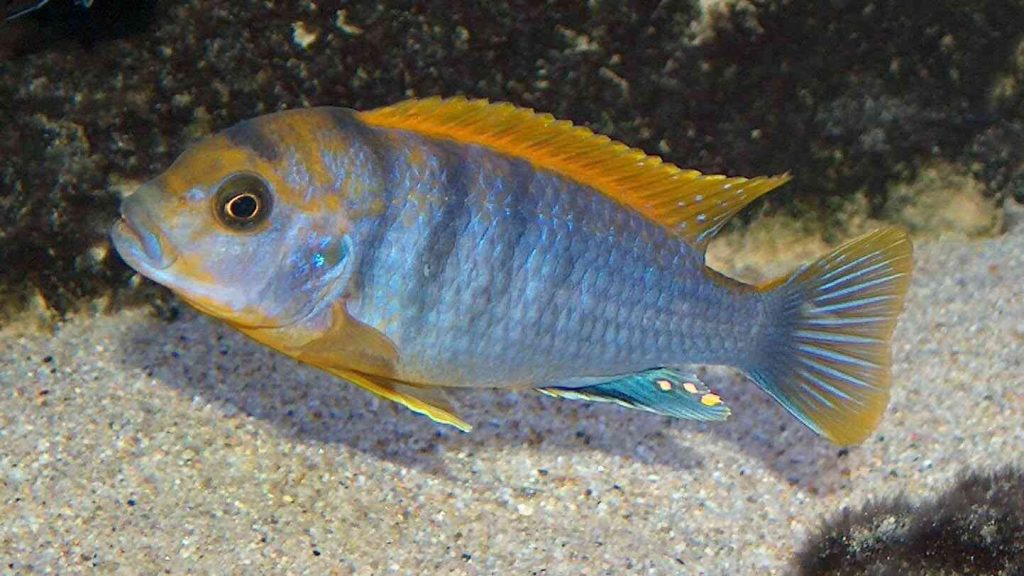
Deep Gravel Bed
There are some aquarium YouTubers who advocate something called a “Static Deep Gravel Filter” as a “Natural” approach to an aquarium. It is possible to slowly over time build up a population of plants and fish with only three to five inches of gravel in the aquarium. The gravel accumulates a heavy brown gunk which ties up the ammonia, nitrite and nitrate.
This becomes an aquarium where the surfaces on the plants, detritus and the gravel act to accommodate ammonia oxidizing bacteria. Typically one dead fish or some over-feeding will present some problems to the tank. I do not like this sort of aquarium. But one can read more about it at this article:
15.16. Natural Aquariums
Further Data
The following sections try to explain the different choices one can make in far more depth:
8.2. Hang-on-back Filters
8.3. Canister Filters
8.4. Sponge Filter
8.5. Under-gravel Filters
8.6. Sumps
8.7. Other Types of Filters
8.8. Sizing Filters and Media
8.9. Anaerobic Reactors
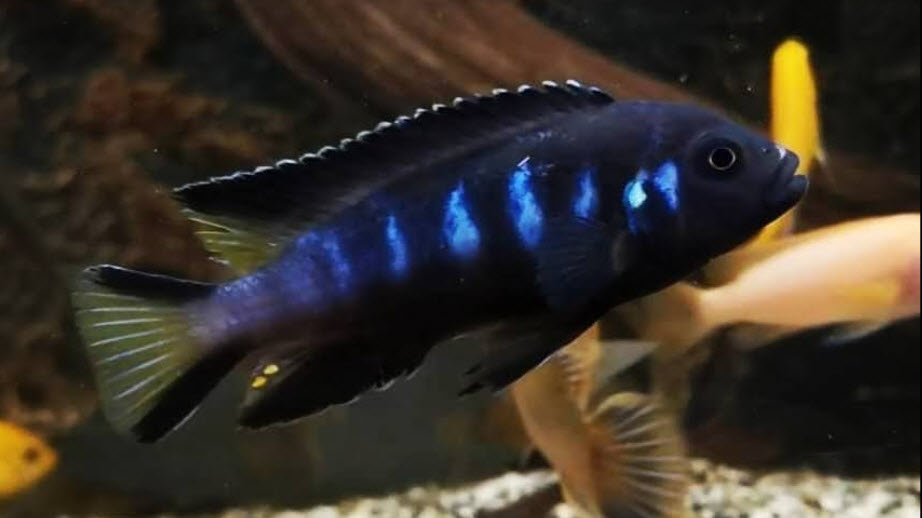
.
Return to Filter Menu
.
Aquarium Science Website
The chapters shown below or on the right side in maroon lead to close to 400 articles on all aspects of keeping a freshwater aquarium. These articles have NO links to profit making sites and are thus unbiased in their recommendations, unlike all the for-profit sites you will find with Google. Bookmark and browse!
.

Dave says
In reply to Scott …… I only use small underpowered 130 to 170 GPH powerheads with undergravel filters. Less noise, less cost.
Scott says
I have a 60 gallon tank with under gravel filter. What size power heads should I run? Currently run 1lift tube with an air stone and the other lift tube with a 300 gph power head. Thanks!